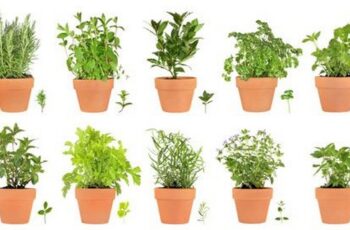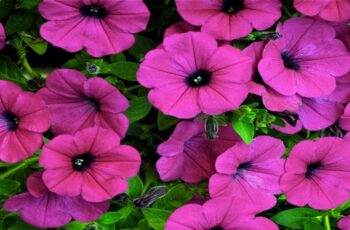Ad Blocker Detected
Our website is made possible by displaying online advertisements to our visitors. Please consider supporting us by disabling your ad blocker.
- Botanical Name and Family: Bee balm is known as Monarda didyma and belongs to the Lamiaceae family, which is the mint family.
- Plant Type: Bee balm is a herbaceous perennial.
- Growing Season: It thrives during the spring and summer seasons, while the plants die back in winter.
- Growing Zones: Bee balm flourishes best in Zones 4 to 10.
- Hardiness: This plant exhibits resilience to both cold and heat, with cold hardiness down to -20°C (-4°F).
- Plant Form and Size: Bee balm has a bushy growth habit, reaching a height of 3 to 5 feet. Its leafy, branching stems emerge from clumps, and it possesses shallow, spreading roots.
- Flowers: The tubular flowers of bee balm bloom in showy-tiered whorls at the tips of the stems. They come in a range of colors, including white, pink, purple, and scarlet. Bee balm flowers emit a delightful citrus-like fragrance.
- Bloom Time: Bee balm typically blooms from early to late summer, and if the first blooms are deadheaded, a second bloom may appear.
- Leaves: The dark green leaves of bee balm are toothed and grow opposite each other. They are attached to square stalks resembling those of mint plants. The leaf surface has a slight downy fuzz.


